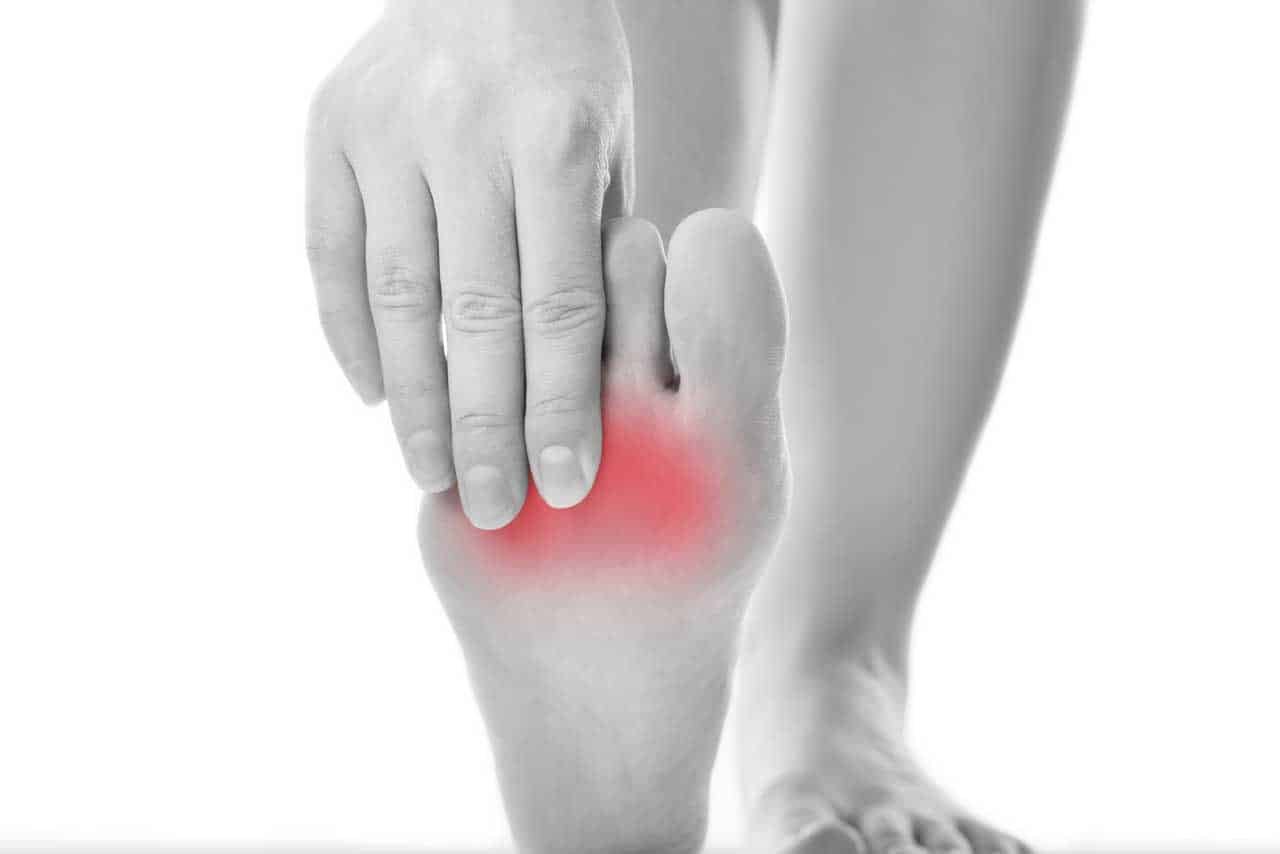What Causes Neuropathic Pain & How is It Treated?
When pain arises from an injury or disease affecting the somatosensory nervous system, it's called neuropathic pain. Unlike most types of pain that occur due to an injury, infection, or inflammation, neuropathic pain often persists long after the original injury or disease has healed.
The prevalence of neuropathic pain is about 7-10% in the general population, and it's a common reason patients seek help at the Texas Interventional Pain Specialists. This article delves into the causes of neuropathic pain and explores the various treatment options available.
Understanding Neuropathic Pain
Neuropathic pain is characterized by unusual sensations, including burning, sharp stabbing, or electric shock-like pains, which are frequently associated with areas of hypersensitivity known as 'allodynia', where even mild pressure from clothing or bed linens can be agonizing.
These odd sensations can persist for months, sometimes years, beyond the healing of the initial injury, often leading to significant chronic discomfort and disability.
What Causes Neuropathic Pain?
The causes of neuropathic pain are varied and can be categorized into peripheral and central causes.
Peripheral Causes
Peripheral neuropathic pain results from damage or disease affecting the peripheral nerves. Diabetes is a common cause, leading to a condition known as diabetic neuropathy. Other causes include postherpetic neuralgia (a complication of shingles), nerve injury, certain medications, alcoholism, and some types of cancer.
Central Causes
On the other hand, central neuropathic pain arises from damage or dysfunction in the brain or spinal cord, often due to a stroke, multiple sclerosis, or conditions such as spinal cord injury.
How is Neuropathic Pain Treated?
The management of neuropathic pain can be challenging, but multiple treatment strategies can help. The approach typically involves medication, physical therapy, psychological treatment, and interventional procedures.
Medication
Several medications are used in the management of neuropathic pain. These include antidepressants, anti-seizure drugs, and opioids. Topical treatments like capsaicin or lidocaine can be useful for localized areas of pain.
Physical Therapy
Physical therapy can help improve mobility, strengthen muscles, and enhance overall function. Techniques like electrical nerve stimulation, massage, and heat therapy may also provide some relief.
Psychological Treatment
Living with chronic pain can profoundly impact a person’s mental health. Cognitive-behavioural therapy can help individuals cope with their pain, reduce stress, and improve their quality of life.
Interventional Procedures
Several interventional treatments, such as nerve blocks, spinal cord stimulation, and intrathecal drug delivery systems, are available. Texas Interventional Pain Management has a team of experts who specialize in these procedures.
Neuropathic pain can be debilitating, drastically affecting an individual's quality of life. However, with a comprehensive understanding of the underlying causes and a multifaceted approach to treatment, it's possible to manage the symptoms and enhance a patient's overall well-being. Texas Interventional Pain Management is dedicated to providing the highest level of care for individuals struggling with neuropathic pain.
Contact us today to learn more about how we can assist in your journey toward pain relief.

